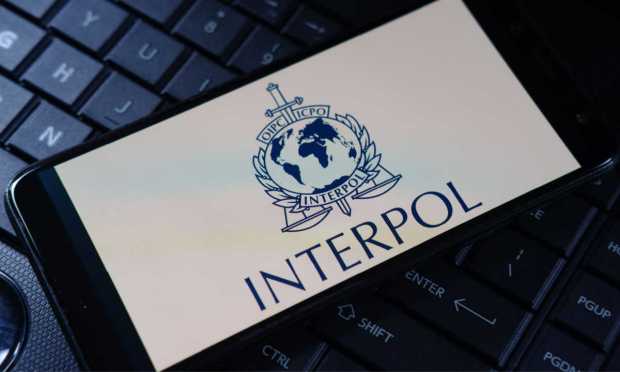Interpol Now Trains Crimefighters in the Industrial Metaverse

Interpol is bringing crimefighting to an industrial metaverse it believes will let it better train law enforcement officers from around the world on everything from crime scene forensics to screening passengers at border checkpoints.
In this third article in the PYMNTS industrial metaverse series about the fledgling use of private enterprise virtual realities, we’ll look at how companies are using “digital twins” to view to create training and educational facilities that they believe will offer a better and more interactive version of virtual learning.
See also:
Nvidia, Deloitte Beat Meta to Punch With Enterprise VR Offering
Is the Industrial Metaverse Virtual Reality’s Commercial Future?
Linking Digital Twins to Make an Industrial Metaverse
The global virtual training facility the International Criminal Police Organization (Interpol) has built in a private metaverse was unveiled at its Interpol General Assembly conference on Oct. 20, with “a training course on travel document verification and passenger screening using Interpol capabilities in a Metaverse classroom,” the organization said in a statement. “Students were then teleported to an airport where they were able to apply their newly-acquired skills at a virtual border point.”
Other global police organizations’ own industrial metaverse has other capabilities — an important use will be using the “digital twin” of its Lyons, France, headquarters to allow police officers and officials from around the world to meet and collaborate using virtual reality (VR) headsets.
But there is a broader educational purpose to the virtual facility, said Madan Oberoi, Interpol’s executive director of technology and innovation.
“The Metaverse has the potential to transform every aspect of our daily lives with enormous implications for law enforcement,” he said, pointing to crimes ranging from money laundering and data theft to another type of ransomware and crimes against children.
“But in order for police to understand the Metaverse,” Oberoi said, “we need to experience it.”
Learn Better
Alternate reality (AR) is also a big part of how industrial metaverses can be used for training. Audi, for example, is using AR glasses that are not as bulky as full-on VR headsets so they can look at physical objects while learning, or even be talked through maintenance procedures by offsite experts.
Siemens and VR software maker TeamViewer have worked with Audi to create AR content that can let employees and salespeople view real cars and see educational content that pops up based on what the user is looking at, market research firm Sitsi revealed.
The software “can highlight points of interest on a physical car, making it easy for trainees to practice quality checks on real cars without an additional person being present to answer questions” while also freeing the trainees hands to allow a more interactive educational experience.
Better education and training in a metaverse are among the most talked-about uses of metaverses, outside of entertainment and social interaction. It’s been a topic Meta CEO Mark Zuckerberg has pointed to frequently in extolling the potential of the public metaverse his company is building at enormous cost.
But doing it in a private industrial metaverse has a number of benefits, most notably the ability to build a digital twin of production facilities that includes real-time data about production and operations that companies might be unwilling to stream into a publicly accessible metaverse like Roblox, Meta’s Horizon Worlds or blockchain- based Decentraland.
And, it’s not just humans that metaverse builders hope to train. Artificial intelligence is becoming a bigger and bigger part of manufacturing, designing, shipping and improving operations, and those AIs will be able to learn better from a fully operational virtual world showing data in real time, as well as allowing them to run simulations more effectively.
German railway Deutsche Bahn believes the virtual twin it is building of its 5,700 stations and 33,000 kilometers of track will “provide the environment to train the complex AI that manages the fully automated railway system.”
For all PYMNTS crypto coverage, subscribe to the daily Crypto Newsletter.
